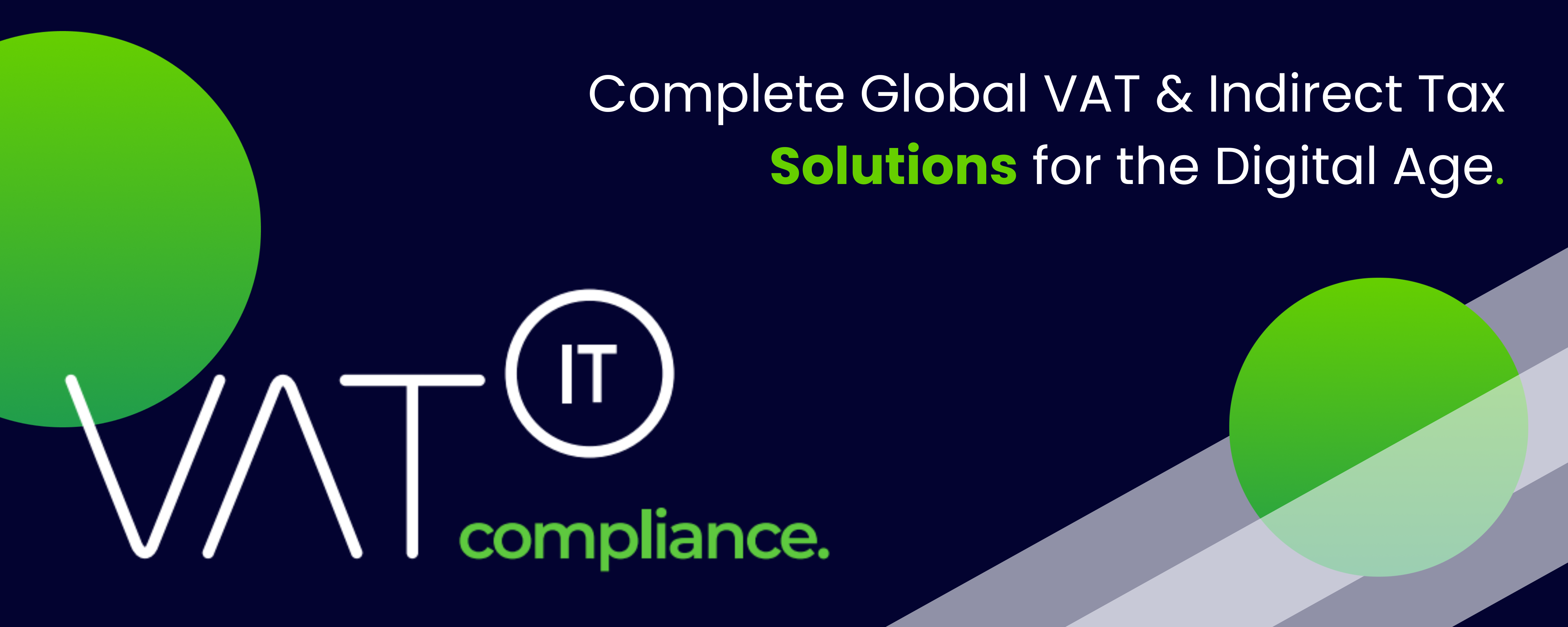- Skatteverket states that the assessment of whether a service is considered personnel leasing should be consistent regardless of the provision in ML involved.
- Personnel leasing is identified when the buyer has overall responsibility for the service performed for the end customer, and the seller provides the service within the buyer’s organization.
- This stance replaces the previous one from December 17, 2019, and has been revised to align with ML and legal developments. The new stance does not change the substance.
- ML contains rules on the taxation country and liability for services like personnel leasing. It is unclear if personnel leasing should be assessed the same way across different provisions.
- The stance addresses whether personnel leasing should be assessed consistently and what characterizes it from a VAT perspective.
- Personnel leasing involves providing labor to someone, including terms like provision of labor and personnel.
- ML and the VAT directive include rules on the provision of personnel.
- EU Court of Justice ruled that personnel leasing occurs when the recipient decides on the tasks and is responsible for insurance during the period.
- The Supreme Administrative Court states that if provided personnel perform tasks within the buyer’s organization, it indicates personnel leasing. The overall responsibility for tasks and timing should be considered.
Source: www4.skatteverket.se
Note that this post was (partially) written with the help of AI. It is always useful to review the original source material, and where needed to obtain (local) advice from a specialist.
Latest Posts in "Sweden"
- ECJ C-436/24 (Lyko Operations) – AG Opinion – VAT Treatment of Loyalty Program Points
- Sweden Proposes Temporary VAT Reduction on Food and Bottled Water Starting April 2026
- Sweden Cuts Food VAT by Half: 2026-2027 Budget Eases Household and Business Costs
- Additional Documents May Be Required to Prove Deduction Rights Beyond Invoice Compliance
- Clarification: Incorrect VAT Charge Not Present If Invoice Only States Tax Included














